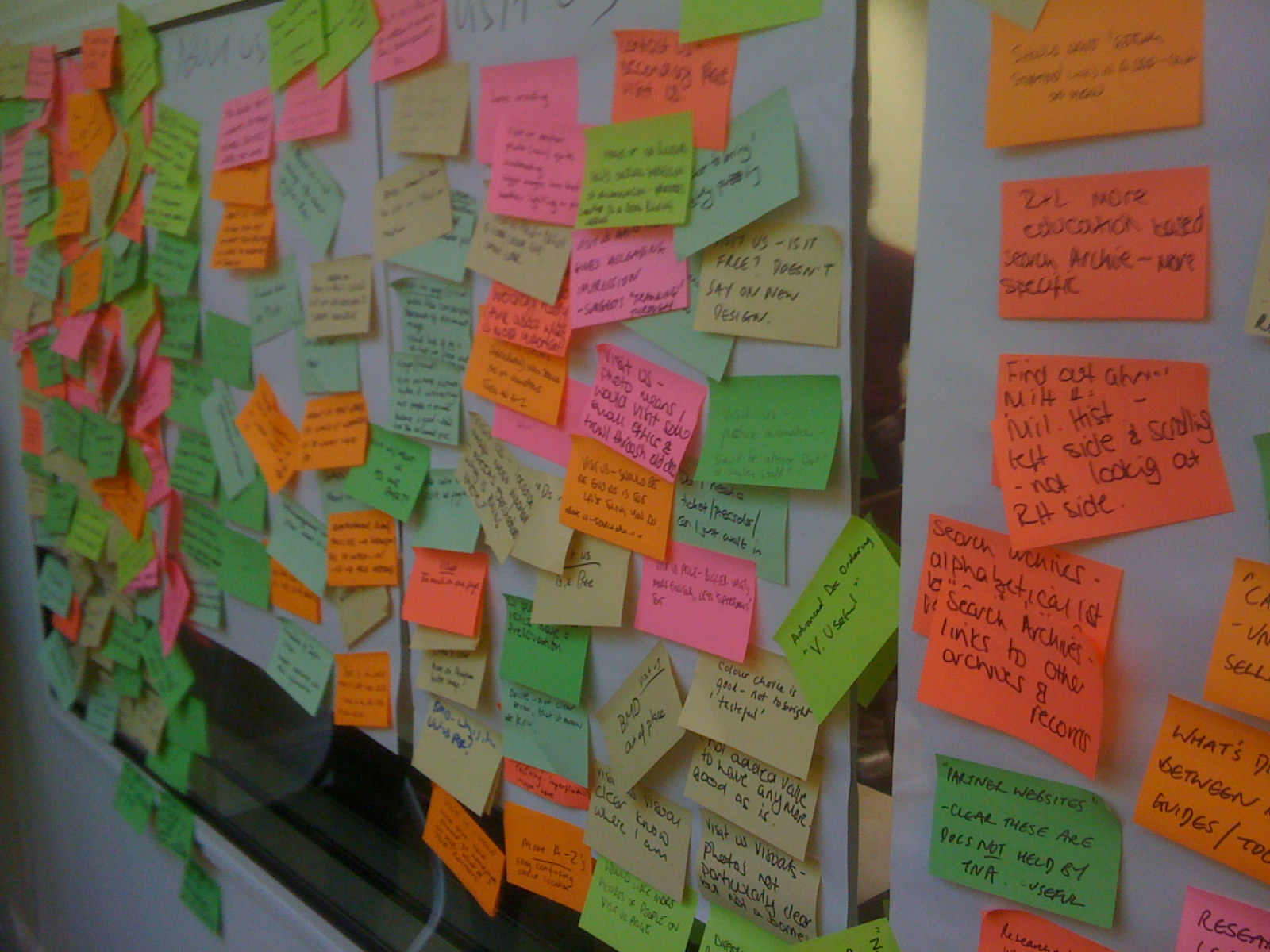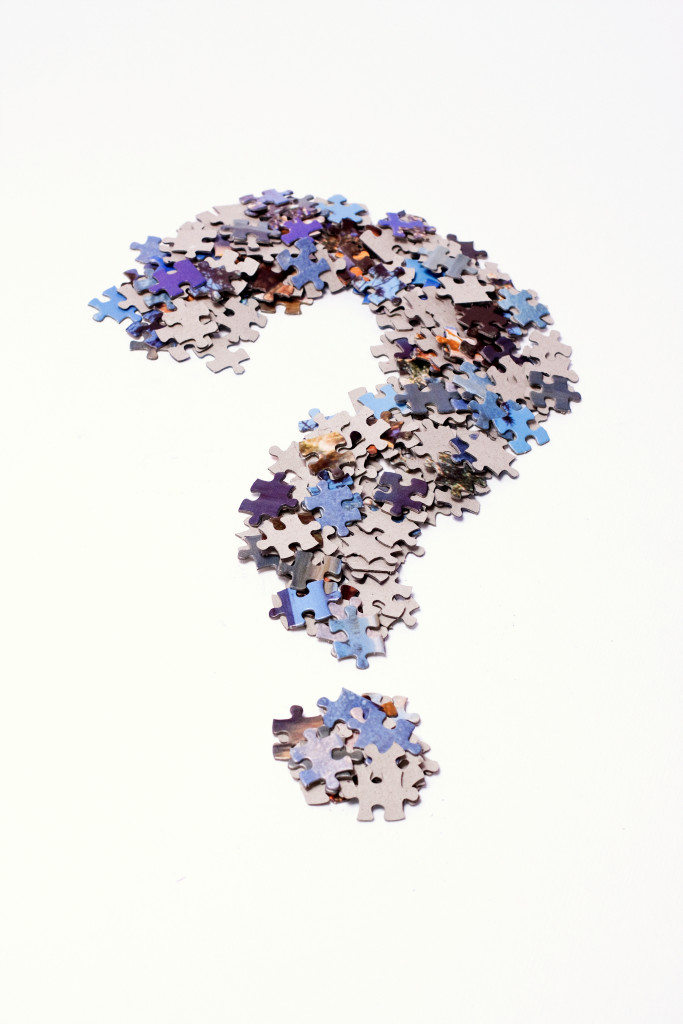Weekly Roundup: Problem Solved?


With today’s news reaching from Xinjiang to Iran, there was no doubt that the MIR Online writers would take us around the world yet again. From fixing faltering economies to correcting faulty translations, this week’s articles show that solutions are hard to come by. If only there were a panacea for Canada’s economic problems or a quick way to ease international tensions, there wouldn’t really be news then would there? Thank goodness for problems. Industries have them. Nations have them. Even your next-door neighbour has them. Let’s take a look at just a few of the world’s many problems.
When it comes to energy investment Canada should avoid putting all its eggs in one basket. In her article, Sarah Pettem explains how Canada will be affected by falling oil prices, as its economy relies heavily on oil production. The once-profitable oil sands are becoming less and less lucrative the further the oil prices drop. To avoid economic disaster, Pettem argues that Canada should re-focus its investments, moving away from traditional oil and towards renewable energy. She highlights the alarming fact that only one among the top five investors of Canadian renewable energy is a Canadian company. Clearly, priorities need to be changed or the Canadian dollar will continue to sink.
In the first article of a two-part series, Max Blaisdell analyzes the involvement of the West in Iranian nuclear proliferation and the ensuing problems it has caused. In the 1970’s the Western world aided Iran in nuclear development, turning a blind eye to the era’s non-proliferation norms. However, with the 1979 Iranian Revolution, Western policy made a quick 180, and began criticizing Iranian nuclear development. Blaisdell points out that when Saddam Hussein began using illegal weapons against Iran, violating the Geneva Convention, the West did nothing in response, putting their goal of defeating the young Islamic Republic above correcting a grotesque human rights violation. Evidently, this fueled Iran’s development of nuclear weapons because they felt a greater need for self-protection. Blaisdell explains that in this game of survival, this tense nuclear stand-off between nations, solutions must be found with discussions and negotiations, not with rash military means that would only serve to fuel the fire.
Like Iran, China is another country seeking to protect its national identity. Nicki Siamaki explains how China is dealing with internal threats by marginalizing the Uyghur Muslim community. The Uyghur in the Xinjiang region are being increasingly stigmatized, as the Chinese government aims to control “Islamic terrorism”. Siamaki explains how increased bans on religious activity will be ineffective in combatting violence in the region. By criticizing the banning of the Islamic veil, she illustrates how the government has no place in linking religious garb to terrorism. Importantly, Simaki stresses how acts of violence must be thoroughly investigated before certain groups are held responsible. China must refrain from jumping to conclusions based on illusory correlations, or the Uyghur will become prisoners in their own homes.
May Lim writes about a once-powerful woman who has slowly lost her fan base. Park Geun Hye followed in her father’s footsteps to become President of Korea, yet much of her success has hinged upon votes from her father’s supporters. Unfortunately, over just the past few months she has become increasingly unpopular. Lin highlights several reasons for this, one of which is the implementation of tax hikes to low-income families, an action that goes completely against Park’s original mandate. This was followed by a cascade of broken promises, causing her public approval to fall below 30%. Lin concludes that as the end of her term approaches, the president has prematurely joined the “Lame Duck Club”, lacking support from the majority of Korean citizens.
In her critique of digital media’s all-too common laissez-faire attitude, Iris Boisseau highlights the consequences of translation errors. Just as an erroneous court statement does damage despite being stricken from the record, mishaps in translation can never be completely remedied. By using several examples, Boisseau illustrates how improper translation can lead to serious and lasting repercussions. It’s clear that some errors are more costly than others as Boisseau points out how the misinterpretation of one leader’s statement spurred a state of international panic. She even brings to attention how in the up-to-the-minute mediasphere even tweets, at 140 characters or less, are not immune to mistranslation.
In this week’s closing article, Kevin Sang Nam analyzes the ever-increasing provincial debt, largely due to federal cuts to provincial healthcare. He brings to the forefront the increases in taxes for everyone but those sitting happily in the highest tax bracket. Sang Nam provides several solutions, the most difficult being constitutional amendment preventing the passing down of costs to the provinces. An even better solution, Sang Nam argues, would be including the federal surplus in the provincial equalization program. He strategically proposes this approach so as to avoid the need for constitutional changes. Yet, he advises additional implementation of a fiscal cap to discourage provinces from piggybacking on the federal government.
Sometimes solutions are simple, yet the path to reach them is a long and winding road. Not only is it long, but the road is often full of obstacles: dissenting opinions, miscommunications and, unfortunately, outright lies. The best solution is not always the easiest. What could be quickly resolved by military means would be better resolved through effortful diplomatic negotiations. Regrettably, there are times when there are no solutions. After one has let down their most faithful supporters there is little they can do to win their votes back. As the MIR writers show, finding resolutions requires not only brainstorming and analysis, but a complete reframing of mind. As Einstein, perhaps the greatest problem-solver, once said, “We can not solve our problems with the same level of thinking that created them.”
Feature image obtained from: https://flic.kr/p/5w9hyA
